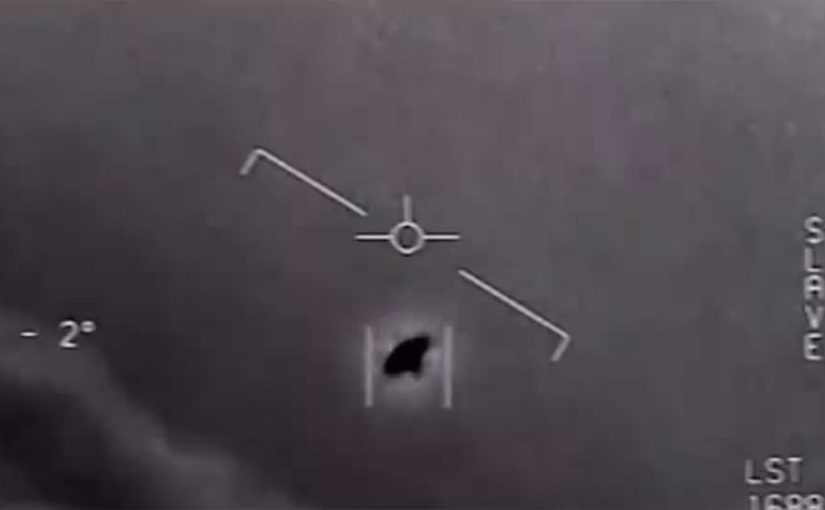UFO Hearing – Shocking claims of alien technology defying the laws of physics are shared by whistleblowers
Captivated by extraterrestrial phenomena, our friends and experts at BonusFinder Canada took a crucial step in safeguarding humanity by conducting a study revealing which Canadian provinces are most likely to survive an alien invasion.

Residents of Harbour Mille, N.L., reported seeing three missile-like UFOs fly near their community on the night of Jan. 25, 2010, including this one photographed. ((photo-Darlene Stewart))
The Provinces Most Likely to Survive an Alien Invasion
| Rank | Province | Alien Survivability Score /10 |
| 1 | Nova Scotia | 8.03 |
| 2 | Manitoba | 7.50 |
| 3 | Newfoundland and Labrador | 7.47 |
| 4 | New Brunswick | 7.06 |
| 5 tie | Alberta | 7.02 |
| 5 tie | Quebec | 7.02 |
| 7 | Prince Edward Island | 6.92 |
| 8 | Saskatchewan | 6.90 |
| 9 | Ontario | 6.65 |
| 10 | British Columbia | 5.96 |

The experts created a points-based index system evaluating:
- Population and population density (per km²)
- The average duration of UFO visits (minutes) and sightings per 100,000 people
- Total forest area (thousands of hectares) and forest area as a % of land area
- Fresh water area as a % total area
- Police officers and active military service per 100,000
- Number of food businesses
- Number of farms, farms per 100 km² and employees in agriculture (in 1,000 people) per 100,000
- Construction and manufacturing per 100,000
- Healthcare professionals per 100,000
- Scientific and professional personnel per 100,000
You can dig further into the data here.
__________________________________________________________________________________________
BonusFinder Canada can reveal that Nova Scotia‘s resilient spirit and strategic coastal location make it a province most likely to survive and endure an alien invasion, with a survivability score of 8.03/10. Having witnessed 22.38 UFOs per 100,000 people in the province, which is actually, the second-highest out of all the provinces, with New Brunswick having the highest (25.92 UFOs/100,000 people). Nova Scotia also has the highest number of active military service with 1011.98 per 100,000 people as well as the most scientific and professional personnel, with a total of 64.89 per 100,000 people.
The province also benefits from the 79% of forest-to-land area ratio, meaning they can be used to take cover to resist alien invaders. Nova Scotia is also very famous for the ‘Shag Harbour Incident’, which is a sighting of a UFO crashing into the waters of Shag Harbour leaving no trace other than yellow foam.
Manitoba takes second place, with an overall survivability score of 7.50/10. Manitoba has seen over 17 UFOs per 100,000 people, which on average last 17.69 minutes. The province benefits from 18,968 hectares of forest, and the highest percentage of fresh water-to-land ratio (15%), the same as Ontario. With 14,543 farms and 1,460.34 agriculturists per 100,000 people, the population’s satiety is in good hands.

Falcon Lake, located in Winnipeg, is one of Manitoba’s most notorious experiences with the unknown, as Stefan Michalak saw two vessels hovering above him in the night sky.
In third place is Newfoundland and Labrador, scoring 7.47/10. It has the second-highest number of scientific and professional personnel with 53.86 per 100,000 people and has the lowest number of UFO sightings with 0.59 per 100,000 people, for an average of 12 minutes. Despite having the lowest % of forest-to-land ratio (29%) and the least manufacturers (1.98 per 100,000 people), the province has the highest number of healthcare professionals per 100,000 people (8.72).
British Columbia, however, ranks the lowest in the research, with an alien survivability score of 5.96/10. Despite its breathtaking landscapes, with a high 63% of forest-to-land ratio, British Columbia’s vast and remote terrain may pose challenges, making it potentially less likely to survive an alien invasion due to its difficulties in coordination and defense – the second–lowest active military service (191.87 per 100,000 people). British Columbia also lacks agriculturists in the province, with 471.92 per 100,000 people.


Leave a Reply
You must be logged in to post a comment.